#Indian-Ocean
Video
The Little Fisherman. (On Explore) by Fabien TECHER
Via Flickr:
Saint-Philippe, Reunion Island. We Explore #35 ⭐ www.flickr.com/explore/2022/04/05
#Puit arabe#Reunion#Reunion Island#Ile de La Réunion#Indian-Ocean#Ocean Indien#vague#océan#Saint-Philippe#sud-sauvage#Nikon D750#Nikkor#Nature#Landscape#seaScape#houle
38 notes
·
View notes
Text
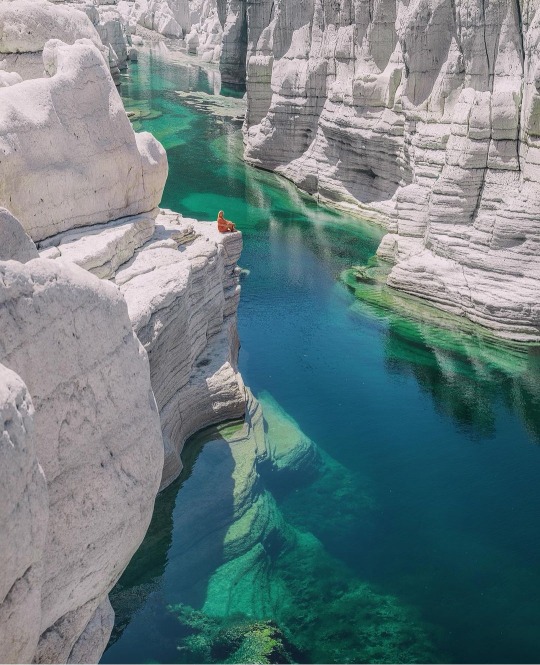
Kalisan Canyon, Socotra Islands / Yemen (by Kristina Makeeva).
3K notes
·
View notes
Text

This is a metal snail (Volcano Snail) that lives on underwater volcano vents in the Indian Ocean. Its shell and scaly feet both are armoured with layers of iron, making it the only animal to incorporate iron sulfide into its skeleton 🐌
📷: Dr Chong Chen/IUCN
#snails#snail life#snail#iron snail#oceans#indian ocean#science#news#research#biodiversity#iucn#iucn red list#science acumen#wildlife biologist#marine biology#biology#volcano#active volcano#amazing
4K notes
·
View notes
Text
THREE NEW SHARK SPECIES THIS WEEK!
The second week of July 2023 something extraordinarily beautiful happened, the findings of 3 new species of sharks for were announced
A new angel sharks species was identified, from the western Indian Ocean on the Mascarene Plateau and off southwestern India in 100–500 m depths, the Lea’s angel shark Squatina leae, was recognized to be different genetically and morphologically distinct from its congeneric species Squatina africanae, following unique morphological features. This species was first detected in 1988 after finding three unusual, small sharks, but till today was completely understood. The angel shark is named after one of the author’s fiancee’s late sister, Lea-Marie Cordt.

- Squatina leae, adult male, in dorsolateral.
Angel sharks are “flatter sharks”, possesing distinctly broad, dorsoventrally flattened bodies, a short snout with large mouth and nostrils, eyes on top of the head close to the large spiracles, very large pectoral fins, and a lateral caudal keel. They've evolved to be ambush predators, they lie in wait for prey to pass closely overhead before attacking.
Reference (Open Access): Weigmann et al., 2023. Revision of the Western Indian Ocean Angel Sharks, Genus Squatina (Squatiniformes, Squatinidae), with Description of a New Species and Redescription of the African Angel Shark Squatina africana Regan, 1908. Biology
From North Australia, another species of hornshark is described based on six whole specimens and a single egg case. The painted hornshark Heterodontus marshallae was previously considered to be the same with the zebra bullhead shark another well know bullhead shark from the central Indo-Pacific from Japan to Australia, but genetic and morphological analyses indicated the sharks were different, but looking alike. The painted hornshark is endemic to northwestern Australia and occurs in deeper waters, at 125–229 m below surface.

- Lateral view of two mature female painted hornshark Heterodontus marshallae showing small differences between individuals
The painted hornsharks is named in honour of Dr. Lindsay Marshall www.stickfigurefish.com.au a scientific illustrator and elasmobranch scientist who expertly painted all the sharks and rays of the world for the Chondrichthyan Tree of Life Project.
Reference (Open Access): White et al., 2023 Species in Disguise: A New Species of Hornshark from Northern Australia (Heterodontiformes: Heterodontidae). Diversity.
And from an unidentified shark egg collected from the deep waters of northwestern Australia, in 2011 recently helped researchers identify a new species of deep water cat shark. Called ridged-egg catshark Apristurus ovicorrugatus after its eggs, it was collected in the earlys 90 but remained unknown to date. This sharks presents white eyes, and is small in size, reaching less than a half meter in length. .
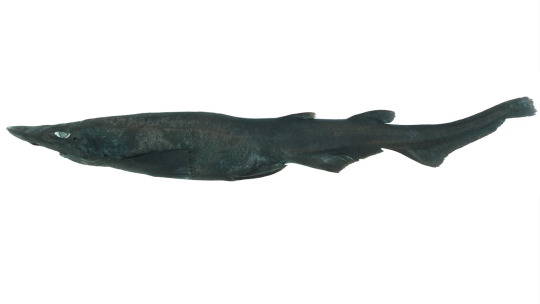
- Lateral view of female Apristurus ovicorrugatus before preserved. Photo by CSIRO.
Egg cases belonging to this species had been documented as early as the 1980s, but could not be matched to any species of Australian shark until recently scientists examined a shark specimen of previously uncertain identity in the CSIRO collection.

-egg cases of Apristurus ovicorrugatus. Scale bar is 10 mm
Reference (Open Access) White,et al., 2023 What came first, the shark or the egg? Discovery of a new species of deepwater shark by investigation of egg case morphology. Journal of Fish Biology.
#Squatina leae#Squatina#new species#elasmobranch#shark#biology#marine biology#science#marine science#indian ocean#bioblr#sciblr#sci#painted hornshark#Heterodontus marshallae#Heterodontus#Apristurus ovicorrugatus#Apristurus#long post#Ridged-egg catshark#Lea’s angel shark
3K notes
·
View notes
Note
you’re my favorite I’m obsessed with you I think I would actually fight to the death for you. You make me feel so much better about my biology classes and you remind me why I do this and you fill me with joy. I love you.
String identified:
’ at ’ t t acta gt t t at . a c tt at g ca a t a t . .
Closest match: Parambassis ranga genome assembly, chromosome: 14
Common name: Indian glassy fish
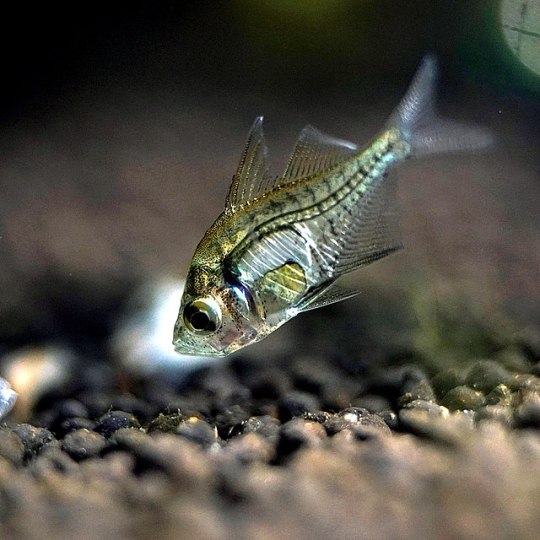
#tumblr genetics#asks#genetics#anon love#fish#ocean#glassy fish#indian glassy fish#thats cool. check out this fish
798 notes
·
View notes
Text


Madagascar Giant Day Gecko (Phelsuma grandis), family Gekkonidae, Mauritius
Invasive species in Mauritius
Native to northern Madagascar
They grow to a total length of up to 11 in (28cm).
photographs by Gregor Scheidl
#day gecko#phelsuma#gekkonidae#gecko#lizard#reptile#herpetology#mauritius#madagascar#indian ocean#animals#nature
630 notes
·
View notes
Text

Submitted for classification by @plesiosaurys
359 notes
·
View notes
Text

Zanzibar, Mjini Magharibi, Tanzania | by Taryn Elliott
#Travel#Landscape#Landscape Photography#Tropical#Travel Photography#Zanzibar#Mjini Magharibi#Tanzania#Africa#Ocean#Trees#Shoreline#Indian Ocean#Vertical
731 notes
·
View notes
Photo
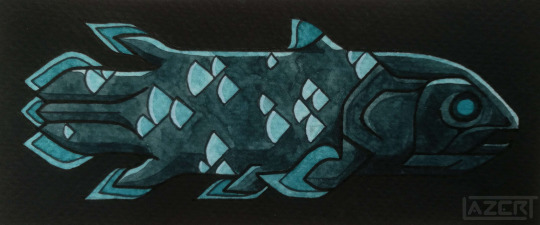

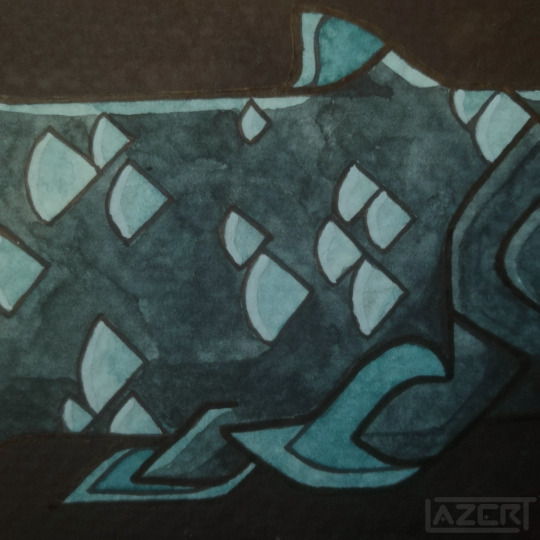
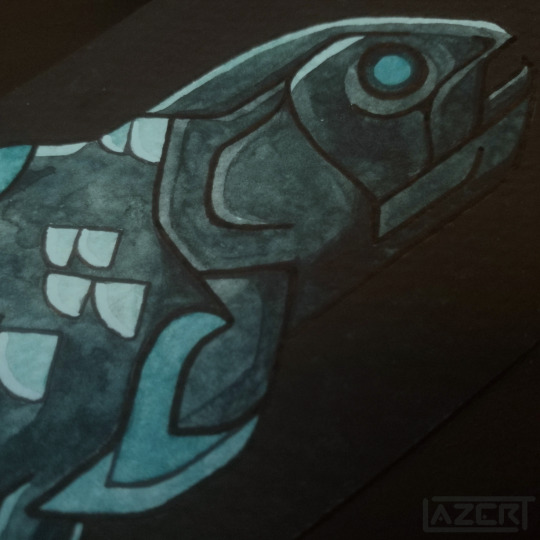
Coelacanth, watercolour + fineliner
Original piece for sale here Sold!
#art#my art#traditional art#painting#mixed media#fineliner#watercolour#fish#coelacanth#coelacanthus#West Indian Ocean coelacanth#Latimeria chalumnae#lazert#lazer-t
2K notes
·
View notes
Text
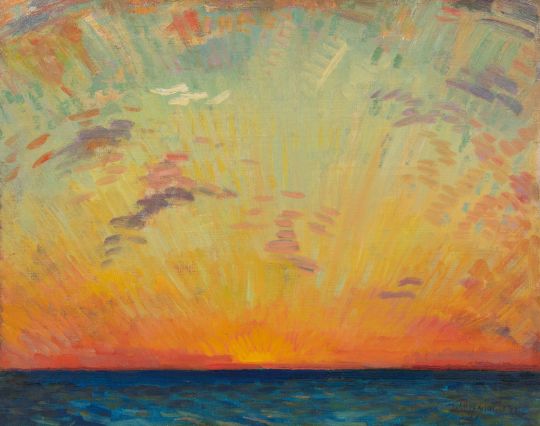
The Indian Ocean with the setting sun - Jan Willem ‘Willy’ Sluiter , 1923.
Dutch, 1873-1949
Oil on canvas. , 40.2 x 50.2 cm.
268 notes
·
View notes
Text
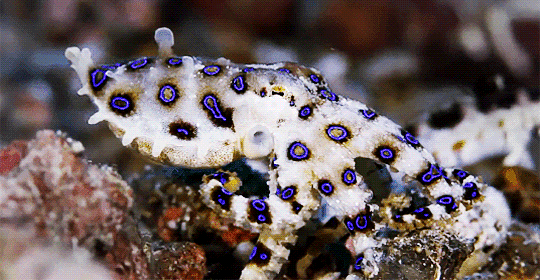

Blue-ringed octopus; small but highly venomous (x)
#octopus#blue ringed octopus#sea#ocean#underwater#animals#sea animals#nature#marine life#the pacific#indian ocean#marine creatures
414 notes
·
View notes
Text
Day 20 of @fish-daily's Fish-uary: Indian Ocean. I drew an oriental flying gurnard.

[Image ID: a fish with black, blue, pink, and green splotches and large, wing-like fins. End ID]
326 notes
·
View notes
Text
Sayyed Abdulmalik al-Houthi, leader of Yemen’s Ansar Allah, said on Thursday, March 14, that his country’s armed forces will expand their attacks against ships moving to Israel from the Red Sea region to the whole of the Indian Ocean.
Stating that attacks on Israeli ships in the Red Sea and Bab el-Mandeb will continue until there is a ceasefire in Gaza, al-Houthi declared that “we [now] aim to prevent ships associated with the Israeli enemy from crossing [Indian] Ocean towards South Africa and the Cape of the Good Hope” as well.
#Yemen#imperialism#shipping#Indian Ocean#Israel#FreePalestine#GazaGenocide#Ceasefire#Ansar Allah#Struggle La Lucha
135 notes
·
View notes
Text
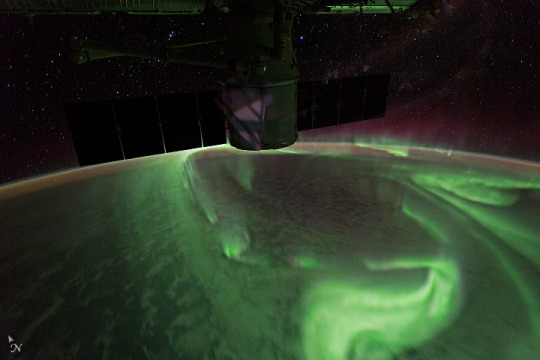
An astronaut took this photograph of the Aurora Australis in August 2017. At the time, the International Space Station was moving over the southern Indian Ocean towards the Great Australian Bight and Melbourne, Australia.
#aurora#auroras#aurora australis#southern lights#stars#solar wind#solar winds#earth#space#orbit#magnetosphere#atmosphere#atmospheric phenomena#nasa#science#international space station#indian ocean#great australia bight#melbourne#australia#2017#2010s
163 notes
·
View notes
Text

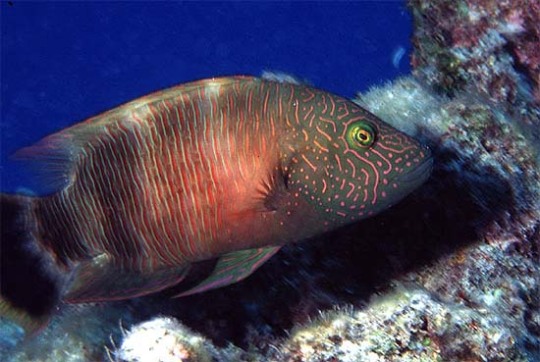
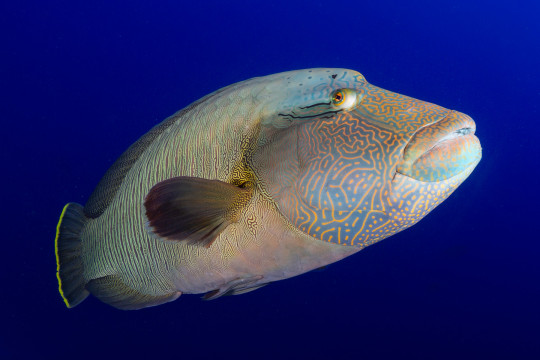
Let's Hear it for the Humphead Wrasse
The humphead wrasse, Cheilinus undulatus, is also known as the Māori wrasse, Napoleon wrasse, or the blue- tooth grouper. They can usually be found around coral reefs and steep rocky cliffs in the Indo-Pacific, particularly on the east coast of Africa, the west coast of India, and the tropical waters of southeast Asia and the Great Barrier Reef.
The Māori wrasse gets its name from the distinctive markings that adults carry. Males are blue-green or purple, while females are more often red or orange. Both have unique patterns of lines and dots covering their heads, and stripes running down the rest of their body; early researchers compared the patterns on their heads to the tattoos traditionally used by the Māori people. In addition to its striking coloration, C. undulatus is also known for being the largest member of the wrasse family. Males can reach up to 2 m (6.5 ft) long and weigh up to 180 kg (396 lbs), while females tend to be smaller. Males also have a large 'hump' on their foreheads, hence the name humphead wrasse.
Another feature of note in C. undulatus is the set of large teeth fused into a parrot-like beak. They use this beak to predate upon hard-shelled animals like mollusks, urchins, sea stars, and crustaceans. On occasion, they also feed on smaller fish and moray eels. Due to their size, adults have very few natural predators aside from sharks, but larvae and small juveniles are more often opportunistically hunted by other fish.
Like many coral reef fish, the humphead wrasse is a protogynous hermaphrodite. This means that most individuals begin life as a female, and become male later in life-- known as 'super males', they are larger than males who did not transition. Individuals first become sexually mature at 5-7 years old, and females begin transitioning to male at 9-12 years old. Spawning occurs a few times a year, and during this period over a hundred adults can congregate in an area. The female releases about 20 eggs into the water column, where they are fertilized by her chosen partner. Three to four weeks later, the eggs hatch and the larvae migrate to the nearby reef.
Conservation status: C. undulatus is considered Endangered by the IUCN. Populations have declined due to overfishing and by-catch mortalities, loss of their food sources, habitat destruction, and capture of juveniles for the aquarium trade.
If you send me proof that you’ve made a donation to UNRWA or another organization benefiting Palestinians– including esim donations– I’ll make art of any animal of your choosing.
Photos
Andrew J. Green
Lluís Masuet
George Ryschkewitsch
#humphead wrasse#Labriformes#Labridae#wrasses#ray-finned fish#bony fish#fish#marine fauna#marine fish#coral reefs#coral reef fish#indian ocean#Pacific Ocean#indo-pacific#animal facts#biology#zoology#ecology
97 notes
·
View notes
Text

Indian grey mongoose
By: Russ Kinnie
From: The Fascinating Secrets of Oceans & Islands
1972
#indian grey mongoose#mongoose#carnivore#mammal#1972#1970s#Russ Kinnie#The Fascinating Secrets of Oceans & Islands
87 notes
·
View notes